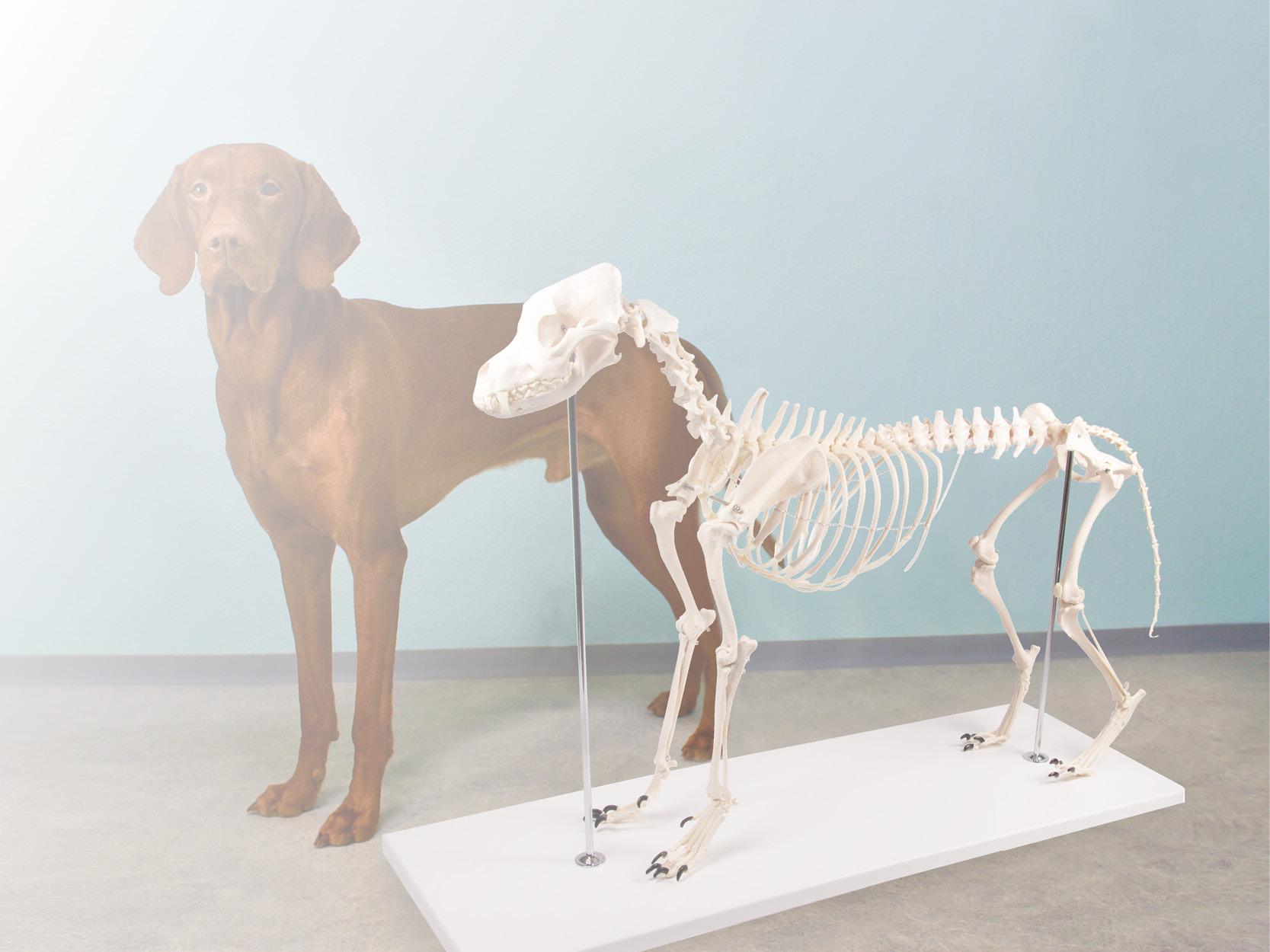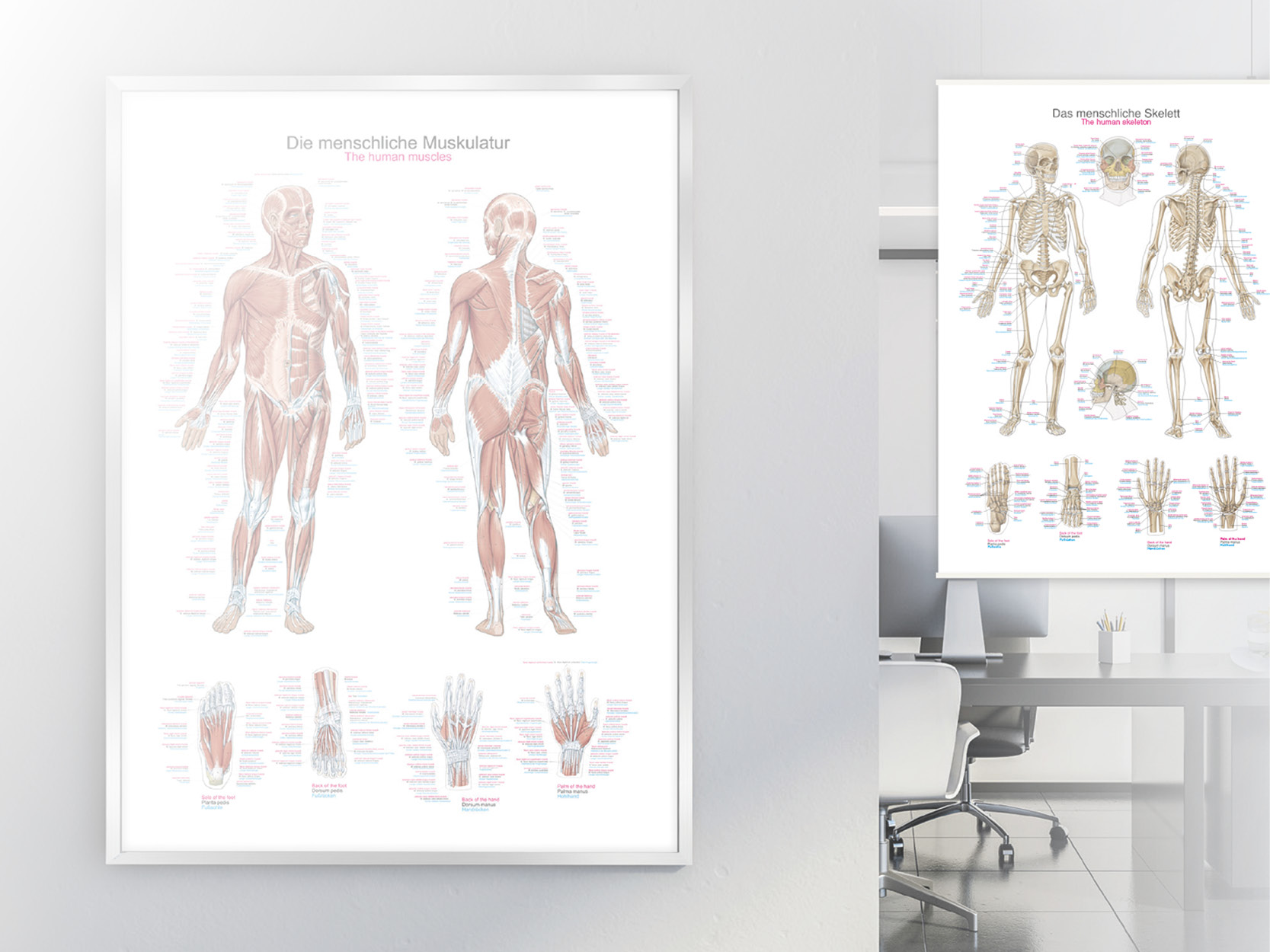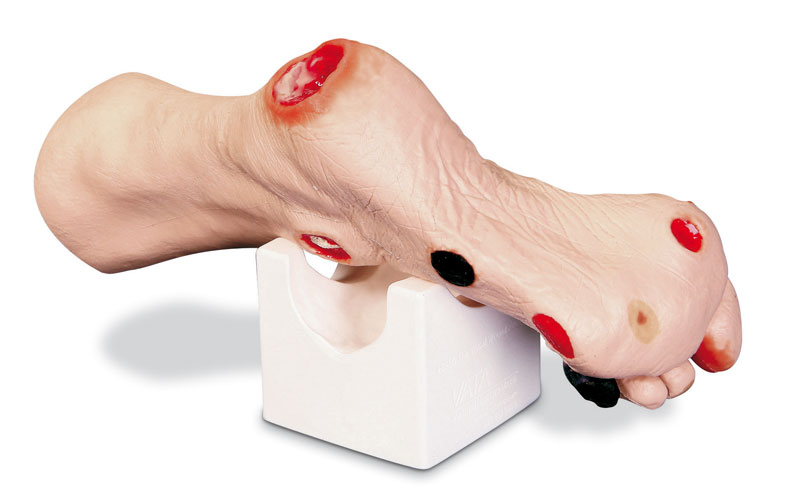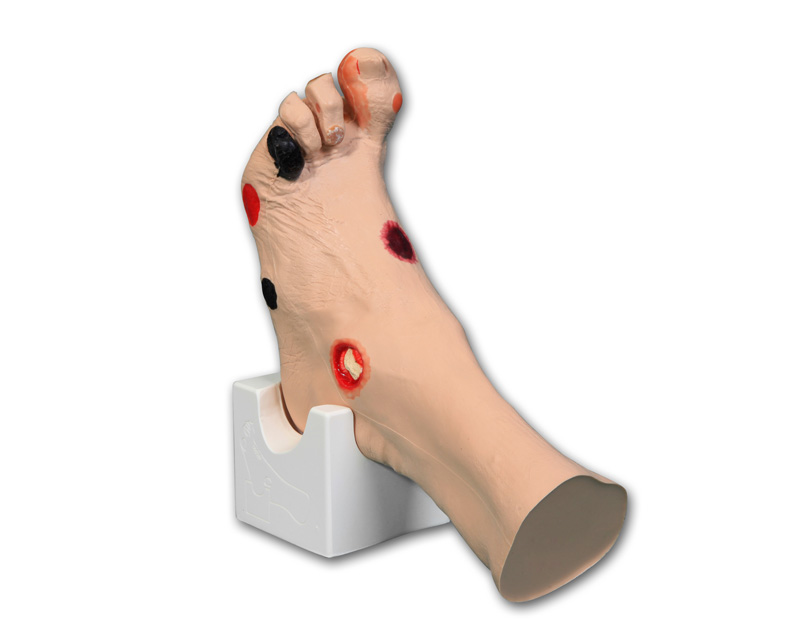Wound Foot “Wilma”
€1,060.29*
Available, within 1-3 working days
Article number: R10227
Size: 32 x 20 x 9 cm
Vascular
Access Teaching Aids, Inc.
Anatomical Healthcare Models
308 South Sequoia Parkway
97013 Canby, OR
United States of America
info@vatainc.com
Verantwortlich/Responsible:
Erler-Zimmer GmbH & Co. KG
Hauptstrasse 27
77886 Lauf
Germany
info@erler-zimmer.de
Achtung! Medizinisches Ausbildungsmaterial, kein Spielzeug. Nicht geeignet für Personen unter 14 Jahren.
Attention! Medical training material, not a toy. Not suitable for persons under 14 years of age.
































